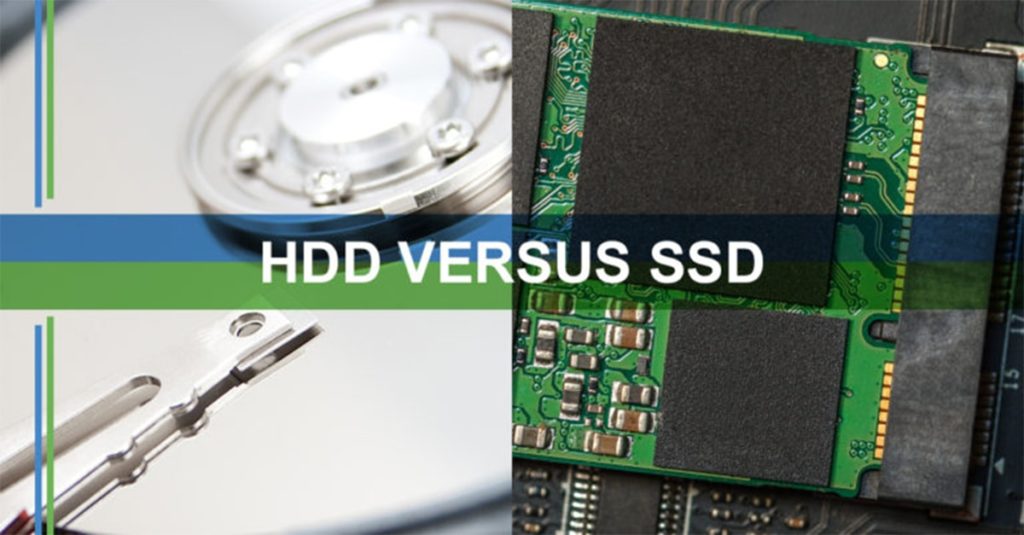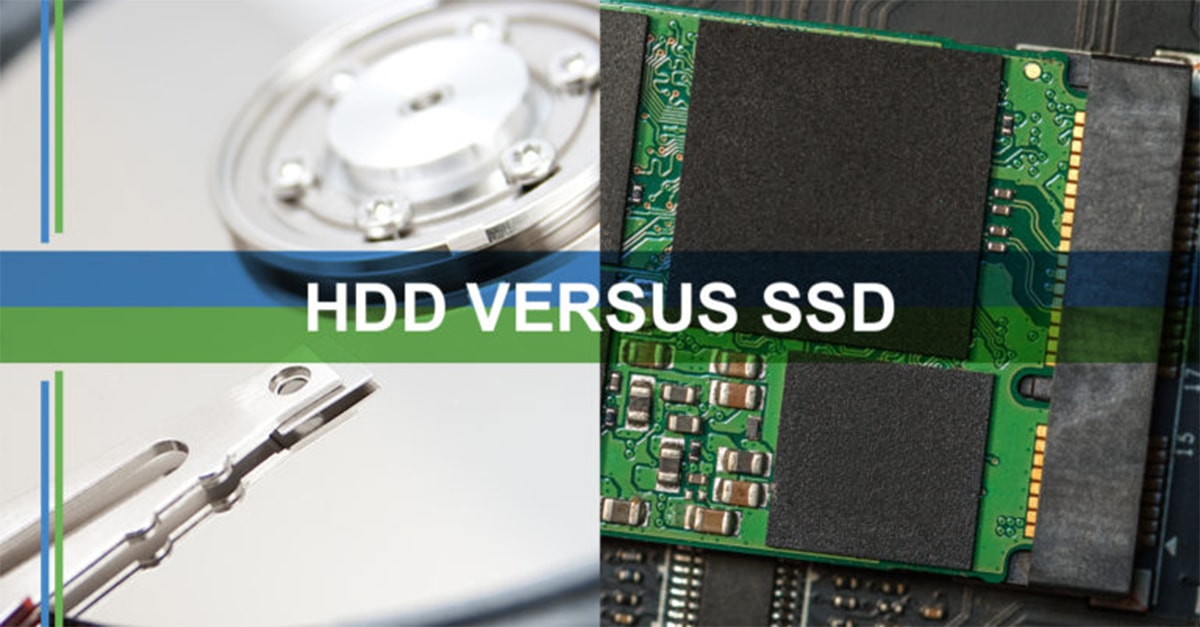
2018 was an eventful year in the world of storage, and 2019 promises to be no less influential, with several narratives shaping the market.
After a prolonged SSD shortage, SSD pricing tumbled throughout 2018. Lower SSD cost combined with the standardization around NVMe positioned solid state drives to challenge hard disk drives for primary storage.
After a long bull run on the back of the hyperscaler build cycle, we saw the hard drive storage market correct late fourth quarter of 2018. Western Digital reported in its latest earnings call that revenue was down 20% on Q4 2018. This was expected and WD has been adjusting hard drive build capacity to reflect changing market conditions, announcing the closure of its facility in Petaling Jaya, Malaysia by end of 2019 after having closed its Bayan Lepas facility.
THE DATA EXPLOSION
So change is certainly afoot within the storage market, but we need to view these developments through a wider lens. The reality is that not only are we seeing change at the storage level, but we are in the midst of a significant evolution in how we use technology.
We will see 50 billion connected devices by 2020, allowing AI, VR, big data and machine learning (ML) to change how we live in ways we never thought possible. However, we still will need to connect all of those devices to the internet and manage the resulting data. The sheer volume of data and the need for its immediate processing will have far-reaching impacts.
At the same time, the emergence of innovative technologies and the increased availability of lower cost SSD will give decision makers much to think about.
When plotting a course to manage a quickly evolving technological market, business leaders have to navigate a cooling global economy and a chaotic business environment that injects a palpable level of uncertainty driven by an uncertain geopolitical atmosphere, a government shutdown and the US government pitting us in a high stakes trade war with China.
One area to bear in mind is the need for networks to handle these increased volumes of data. I have heard much talk that 5G, and its promise of increased bandwidth, will unleash the Internet of Things (IoT) and kick off a new round of hardware spending. However, do not expect to see 5G any time soon. The roll out and establishment of new networking standards is a slow and cumbersome process.
There are many moving pieces to this mosaic, with some pieces ready for prime time and others still in development. Do not expect to see end users rushing out to upgrade their hardware until all the pieces are in place.
THE ENTERPRISE MARKET
Tom Coughlin, writing for Forbes in December, forecast HDD shipments to grow from 869 exabytes for 2018 to 2.6 zettabytes by 2023. HDD is a trusted storage medium, with a large installed base that satisfies most current needs.
However, as new technologies and approaches take hold, many organizations will find their existing hardware cannot meet changing market demands. We will see continued evolution within the data center, including the increased adoption of multi-cloud computing, disaggregated computing, and flash-based architecture taking advantage of NVMe-based SSD over fabric (NVMe-oF).
Indeed, one of the most significant changes to impact the storage market in recent times is the NVMe protocol. Prior to 2018, we saw a measured uptake of enterprise SSD that didn’t stray far from existing storage platforms. SSD was viewed as expensive and users weren’t experiencing the full benefit of SSD anyway because they were utilizing SAS/SATA interfaces.
But the landscape is shifting. NVMe and NVMe-oF dramatically increase the performance and usefulness of SSD, while the price erosion in 2018 makes SSD much more accessible; the combination of price and performance significantly alters the performance value equation. As a result, NVMe-based SSD sales eclipsed SATA/SAS based sales in 2018.
With supply continuing to outpace demand and the roll-out of 96 layer and quad cell NAND, we expect to see continued SSD price erosion into 2020. Combined with increasing appetite for low latency storage driven by AI, MI and IoT applications, SSD will cut further into enterprise HDD sales.
The data center may be moving fast, but the trend lines are clear. A multicloud (multiple cloud computing and storage services in a single network architecture) approach allows end users the flexibility to utilize best-in-breed technology, control costs and scale as needed while maintaining sensitive data in-house.
At the same time, the introduction of new interconnect technologies such as NVMe-oF supports disaggregated storage, driving more value from a multi-cloud approach by extracting increased value. It offers end users the flexibility to scale resources at a lower cost by replacement or upgrade of resources rather than replacement of the whole server.
Additionally, disaggregated storage allows for the improvement of utilization rates by tailoring storage to the use case. Supermicro, an open compute volume white box builder offering disaggregated storage solutions, is a good indicator of the direction of the market.
MOVING TO THE EDGE
Further redefining the storage market in the data center is the rise of the edge, countering the movement of everything into the hands of a few large cloud service providers (CSPs).
IoT requires local processing for quick response to avoid the long latency and cost of moving data to a central location to be processed. The large hyperscalers recognize this change and are rolling out their own on-premise hybrid cloud solutions, such as AWS Outpost, launched this past November. This trend will jumpstart the adoption of many new hardware innovations to improve data access, such as storage class memory and persistent memory.
Although we have seen SSD push performance drives to the sideline and SSD close the gap with HDD as primary storage, this does not spell the end for the mighty hard drive, which still offers the best bang for the buck. The manufacturers know this and are working hard to bring their new technologies (HAMR and MAMR) to market in an attempt to maintain their 10x price advantage over SSD, and cementing HDD’s role as the best option for bulk storage.
The good news for the HDD market here is the explosion in data. Nearline sales are expected to continue to grow in the single digits, although not quite at the 20% growth rate we saw in 2018. The drive manufacturers have been planning for this, continuing to focus on their cost advantage by developing their low cost technologies such as HAMR/MAMR to increase areal density and pushing further innovations such as Seagate’s Mach 2 dual actuator arm, essentially doubling throughput with two actuator arms reading.
Looking into Q1 2019, we see a hangover from Q4, with manufacturers working down supply from the previous quarter, having reportedly built 14 to 15 million nearline drives against a demand of 12 million. The hyperscaler market is on pause, and absent a visible catalyst to jumpstart sales we do not see that correcting itself until the third quarter of 2019.
Nonetheless, the OEMs remain busy. Toshiba is making inroads and is the first to ship 14TB drives; we are hearing that Seagate is shipping 14TB in volume to select customers, with WD following. WDC, in its recent earnings call, announced it will be shipping a 15TB energy-assisted drive later in the year, while there have been rumors of execution issues at the company, specifically around firmware.
Pricing will remain soft regardless. Although we may see exabytes growing, we feel there will be downward pricing as manufacturers work off excess stocks from Q4 and the market digests its last build cycle.
THE CLIENT SIDE
On the consumer side, the most significant change is the cloud. With more and consumers utilizing SaaS services and opting to share and store files in the cloud, the storage performance value equation has radically changed. Size is less important than performance, since consumers only require a limited amount of personal storage, with most interactions now stored in the cloud.
No longer is it an apple-to-apples comparison when comparing HDD to SSD. Since end users no longer need a lot of storage, HDD’s primary cost advantage has been marginalized.
The good news is that we have seen the desktop market stabilize, supported by strong corporate replacement cycles, largely driven by Microsoft Windows 10 upgrades following its announcement it will no longer be supporting Windows 7. Pundits are projecting a 3% increase in 2019 desktop sales over 2018.
The question is who will benefit from the market stabilization, the HDD manufacturers or the SSD manufacturers? The PC space is a tough one. As detailed above, the HDD/SSD value equation has been upended by how we store data, making the client space increasingly difficult for the hard drive to compete within.
Adding further pressure on the HDD manufacturers, NAND pricing has been in free fall, with reports that we may see a 20% drop in Q1 2019. NAND manufacturers have invested considerable capital development and capacity, and herein lies the problem. Capacity investment has a shelf life to get a return on investment, forcing manufacturers to continue to crank out bits in an oversupplied market.
Further complicating the supply/demand equation is that manufacturers are now sampling four-bits-per-cell 96-layer NAND; this will only further increase supply with the resulting increased yields, further driving down prices.
Already, we are seeing over 50% of notebooks shipping with SSD. Further price drops only make SSD that much more attractive. Both WDC and Seagate see the writing on the wall, with WDC limiting the roll-out of new generations and Seagate pivoting away from sub 1TB capacities.
Looking at the near term, it is a question whether Windows 10 upgrades will offer enough of a tailwind to offset the seasonal slowdown after the holiday build. Surveillance, a sector requiring low cost storage that is optimized to hard drives, remains an active spot for HDD in the client space.
CLOSING THOUGHTS
Despite uncertain market conditions and unintended consequences, you can be certain that the technology market will continue to evolve. The question is in which direction. Will the current political climate lead to the balkanization of technology, as we see countries shun Huawei and others for fear of being compromised? Will we see a public revolt as technology is used to influence thinking or limit one’s privacy?
It is clear when thinking of how we interact with one another and how we go about governing society, one has to include the influence of technology. At the end technology, like all tools, can be used for good or bad.
Despite uncertain market conditions and unintended consequences, you can be certain that the technology market will continue to evolve. The question is in which direction.
Stephen Buckler is chief operating officer at Horizon Technology. Read other storage market briefs by Stephen, or connect with him on LinkedIn.











